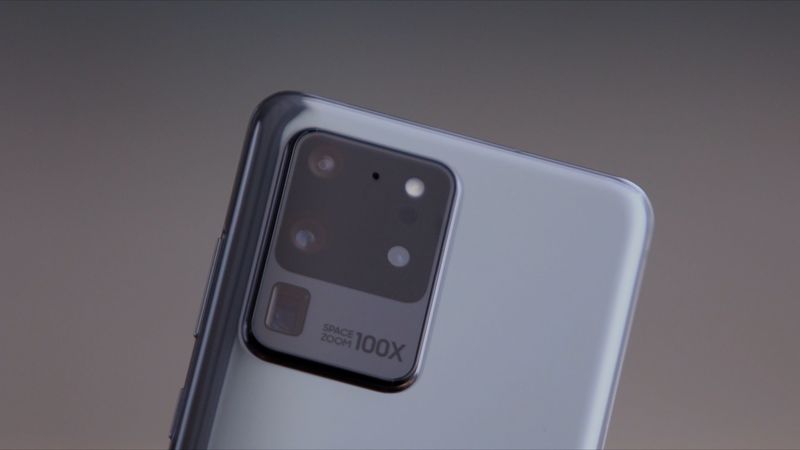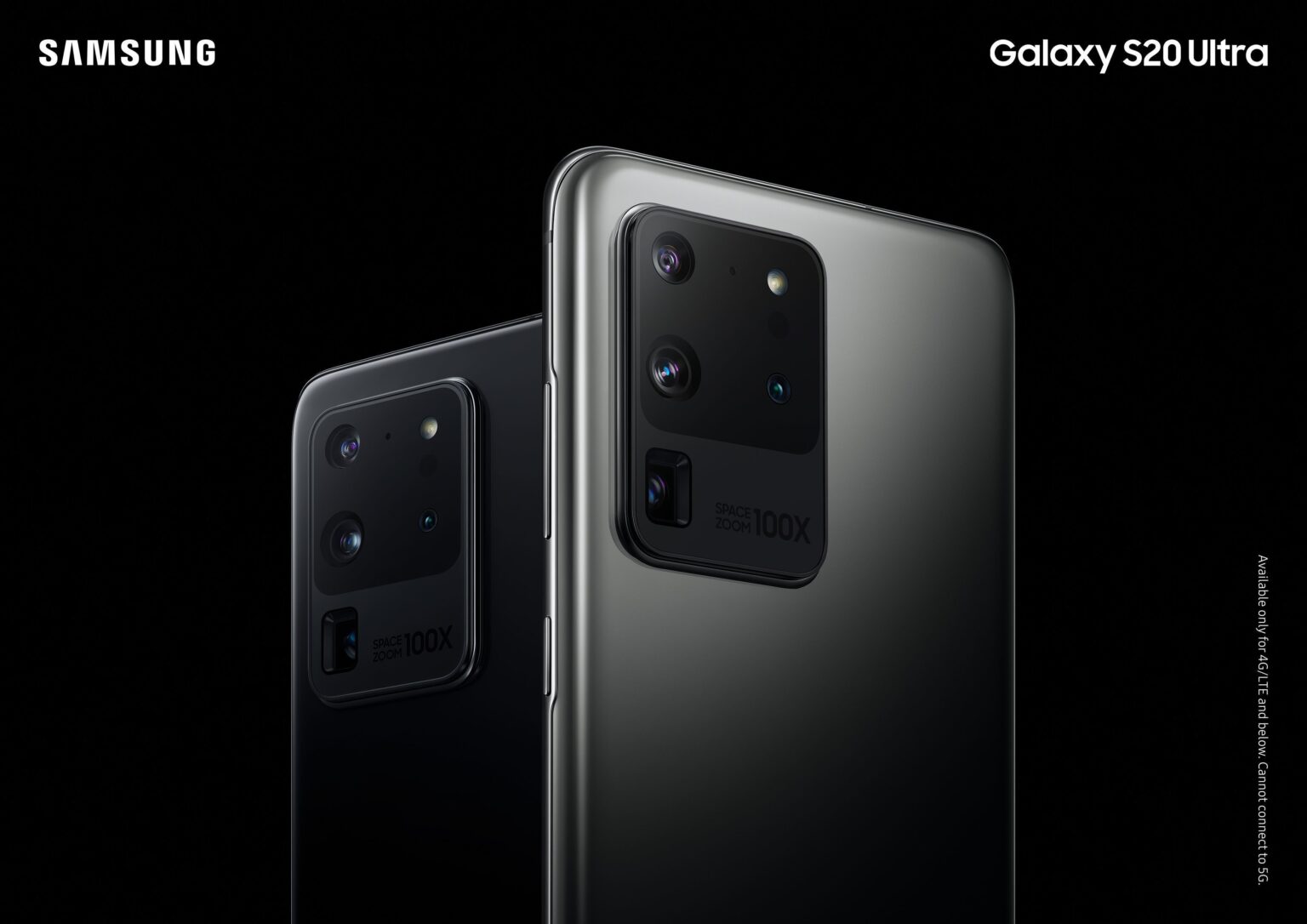Samsung’s folding Z Flip may be generating most of the company’s headline these days, but its the Galaxy S20 range that most users will actually be buying this year. The biggest change from the excellent S10 range comes in the shape of the cameras, but other refinements make the S20 devices all feel like early contenders for the best phones of the year.
Three’s company
As it’s been inclined to do in recent years, Samsung’s put out three iterations of its new phones: the S20, S20+ and S20 Ultra. To call the S20 “budget” is to do it a disservice; its a flagship phone in every important way. It’s merely the smallest of the lot and offers 25W charging rather than the faster, 45W charging of the Plus and Ultra models. That’s still faster than almost every rival phone, which means you’ll spend less time charging the S20 or its brethren.
All three devices offer brilliantly-detailed, OLED screens with curved edges and resilient Gorilla glass. While the S10’s punch-hole camera was on the right of the screen, the S20 centres it, making it less obtrusive in the process.

Say cheese, repeatedly
Multiple rear cameras are now standard on every high-end phone. The S20 gets three rear cameras, while the S20+ and the Ultra each have four. In each case, there’s an ultra-wide camera, a wide one, and a telephoto, but the size of the sensors, megapixel counts and zoom capabilities vary depending on the model.
The fourth cameras on the larger S20 models are depth-sensing cameras that are used to help render out-of-focus areas in portrait images, but they don’t actually capture images as the other cameras do. Whichever S20 you choose, you can expect better low-light performance than you’ll have seen from any other Samsung to date.
The Ultra might be overkill
Much like with the Note 10+ compared to the regular Note 10, everything about the S20 Ultra is a little bigger and bolder… but like the Note, there are also few features on the top-end S20 that most users of the smaller devices will miss.

First, there’s the Ultra’s 120Hz display. That’s double the 60Hz refresh rate of most other smartphone displays, which makes for a wonderfully smooth scrolling experience, but otherwise will likely only be noticeable to gamers.
Then there’s the 108MP telephoto camera and the jumbo 1/1.33-inch sensor found on the Ultra’s main camera. The huge resolution allows for potent zoom, but it’s more than most people will ever need. The large sensor, meanwhile, enables 8K video capture… but there are almost no 8K screens on the market, and the footage devours storage space, so it’s best left off.
Furthermore, the Ultra’s rear cameras don’t get the rapid-fire Dual PIxel autofocus found on the S20 and S20 Plus, so though the images it captures may have more detail, it’s not going to be as adept as freezing speeding children or pets. For most point-and-shooters, the non-Ultra S20s are probably the best photographic bet.
Built for heavy-lifting
Again, the S20 Ultra takes things to the next level when it comes to RAM allocation. With 12GB of RAM onboard, the Ultra puts most laptops to shame on paper, but that sort of processing power has very limited real-world applications. Unless you’re actually shooting 8K video with your phone, you’ll never notice the difference when using the 8GB-packing S20 or S20+.
All three S20 phones are beautiful chunks of glass and metal that run the latest version of Android and offer impressive camera upgrades from Samsung’s previous generation of devices. While the Ultra might be the flashiest on paper, the S20 will probably be the most natural fit for most users, whether they’re students looking to filter their faces on Snapchat or business people wanting to wrangle spreadsheets and Slack channels on the go.



